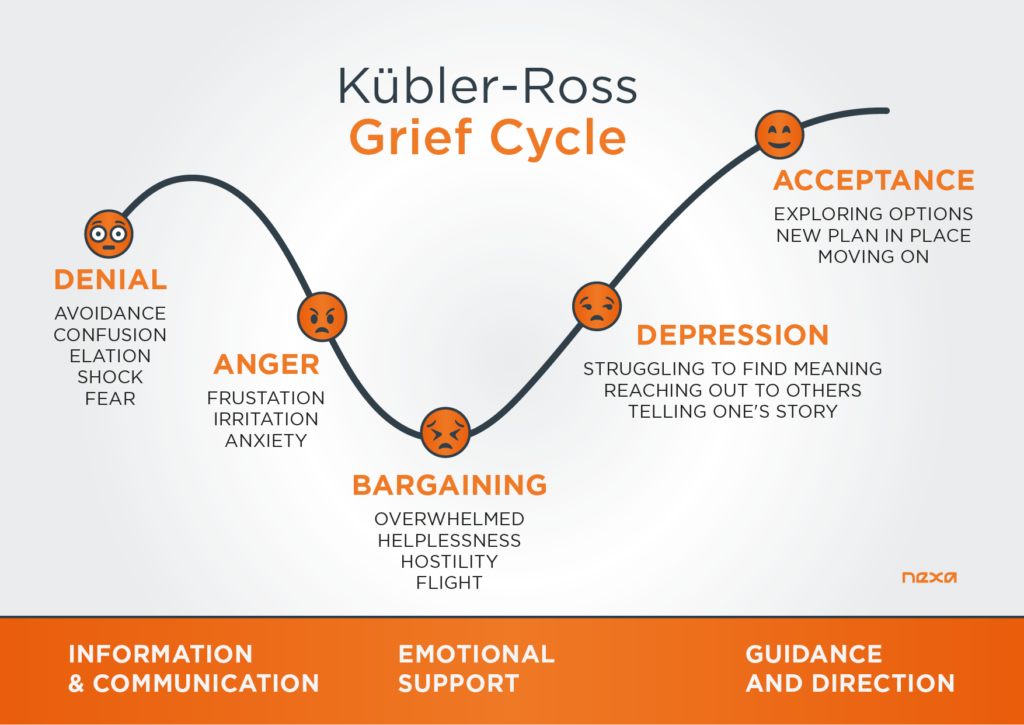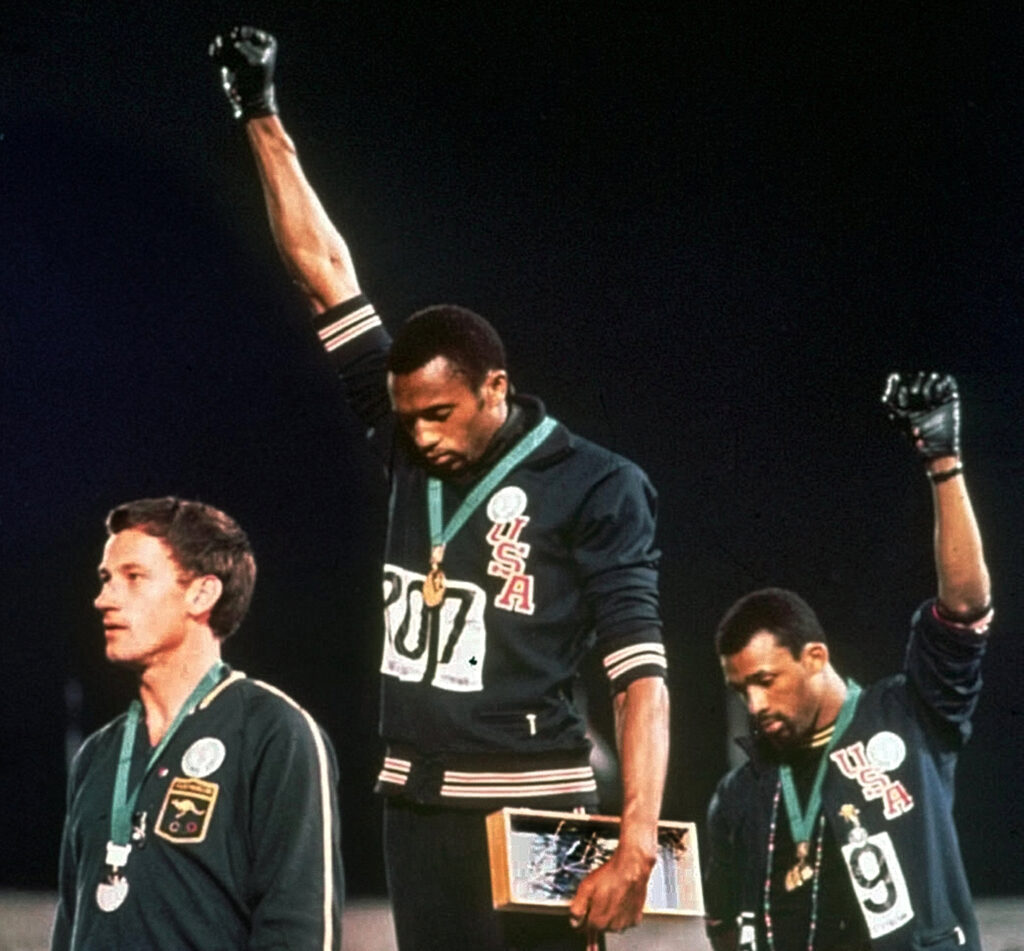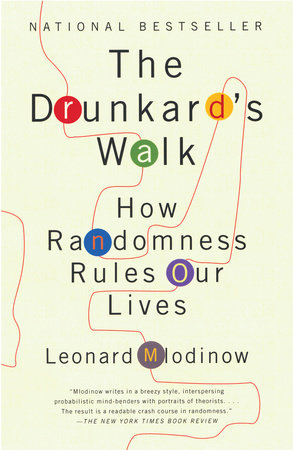As college admissions decisions continue to descend upon hapless seniors and their well-intentioned parents this week, all involved revert to the cognitive capability of a three-year-old.
“Why?” asks a toddler in response to any and every statement. “Let’s brush your teeth,” “it’s time for bed”—are all followed by the ubiquitous “why?” I like to believe that little ones are trying to make sense of their surroundings. You might suggest that youngsters are just wearisome and hoping to delay toothpaste and bedtime. The reasons vary but the “whys” are ubiquitous.
Developmentally, the “why-threes” follow the “no-twos.” Readers who have lived with a two-year-old will remember, indelibly, the “no-twos.” No one else would believe us. How can a child who is learning more words every day than any adult possibly could be so limited in vocabulary so as to repeat only the word, “no”? “Would you like to get dressed?” “No!” “Would you like to see grandma?” “No!” “Would you like some ice cream?” “No!”
Can I be the first to observe that the Kubler-Ross model of grief mirrors child development across ages and stages? Denial, anger, bargaining, depression, and acceptance are the progression talked about after a loss—death or divorce among others. Denial and anger, (the “no-twos); bargaining, (the “why-threes); depression, (adolescence—all of it); and acceptance, (typically around age 60 when many of us accept that we are never going to compete in track and field in any event at the summer Olympics.)
But I digress.
College admissions pronouncements are attacking inboxes like a Biblical plague of locusts. Students have applied to more schools than ever before. All those Covid decisions not to attend last year because who wants to pay tuition to do on-line classes when the fundamental directive for brick-and-mortar matriculation—pizza and angst—aren’t available? So there are more applicants. And colleges are putting tons of good students on wait lists because the college’s models for forecasting who will accept their offers and attend have gone kabluie.
So it’s the proverbial perfect storm of unpredictability. Yet applicants and their parents are still obsessed with why. Why did Susie get admitted to Colby and rejected from Bowdoin? Bowdoin admitted 9.05 % of applicants, Colby 9.67 %. That difference–.62 % or just over half a student per hundred applicants—had nothing to do with Susie. Why did Billy get waitlisted at Stanford and denied at Harvard? Why?
Yoda said, “there is no try; there is only do.” To my knowledge, Yoda had no insight into why Luke was admitted to Duke but denied at Vanderbilt. Even a Jedi Master cannot satisfactorily explain the “why” of admissions.
A running buddy of mine explained a decision to admit a student to medical school: the applicant was a strong ping-pong player. There’s a why for ya. Tell you kids to play ping-pong through college to increase the likelihood that they’ll be admitted to medical school. Not.
Admissions people, for the most part, have to pretend that the process makes some kind of sense. And, for ginormously obvious choices, it does: Students with 1400 SATs and 3.8 unweighted GPAs are frequently admitted to highly selective colleges. Whereas students with 900 SATs and C averages are not. But what about two seniors both of whom have staggeringly similar credentials? In a given year, one of them receives “we are happy to inform you” while the other gets the “we had too many qualified applicants” email. Why?
And what about Andy who was rejected in 2020 and Randy—identical twins with indistinguishable grades, scores, essays and extra-curriculars—who was admitted in 2021? Why?
Scholars studied, debated, and wrote for generations about how many angels could dance on the head of a pin. And you see where that conversation got us. Those pedants would have been better served to invent statistics, medicine, or fruit smoothies. Rather than pontificating about the number and location of waltzing seraphim.
Leonard Mlodinow wasn’t talking about undergraduate admissions when he wrote, “random processes are fundamental in nature and are ubiquitous in our everyday lives, yet most people do not understand them…” But he could have been. Frequently there is no credible answer to the “why?” of admissions decisions. Looking for definitive answers among the random noise is like trying to predict the next spin of the roulette wheel.
The take-away, as always, is to focus on who our children are rather than on where they are admitted, denied, and wait listed for next August. Our kids will be admitted here even if they are rejected there. Accepting that good kids do well no matter where they go will help us all avoid the stages of grief.








